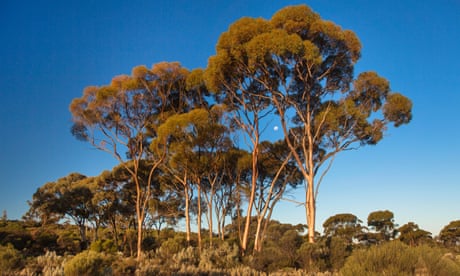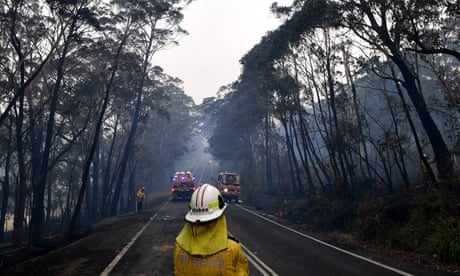Across large swathes of New South Wales the stark skeletons of once healthy eucalyptus trees dot the landscape in alarming numbers.
From the manna gums of the Monaro high plains to the snow gums of the Australian alps, the scale of eucalypt dieback is confronting and it has accelerated dramatically over the past decade.
Scientists know that in the case of the snow gums, the native wood borer is essentially eating trees from the top down.
They also know that on the Monaro plains, manna gums have suffered the ravages of leaf-eating eucalyptus weevils.
But what they’re yet to fully grasp is why those insects have been able to take hold in such numbers and do so much damage, and what underlying stressors have left eucalyptus trees vulnerable to attack.

On Wednesday, the NSW government stumped up $1.2 million for six research projects that should add more detail to the big picture.
Climate change, drought, insects and soil microbes are all thought to contribute to dieback. The grants mean scientists now have the cash they need to try to work out exactly what’s happening in terms of those potential influences.
Dr Matthew Brookhouse is an expert in plant physiology at the Australian National University and has been studying the devastating impact of native wood borers on snow gums in the high country.
He has a nice analogy that sums up the challenge he faces.
“We know who the doorman is,” he says of the borer that kills snow gums by essentially ringbarking them. “But we simply do not know what’s powering the whole process.
“There is a bigger picture that we need to understand and that is what stressor, or stressors, are driving the insect outbreaks, andhow they are driving it. How long have those stressors been in place, and has the impact of them become greater in terms of the last decade, when we’ve really seen this phenomenon take off?”
In the northern hemisphere, delving into the past is a relatively simple task.

There, the winters are cold enough to stop trees from growing, and halted growth is what creates annual rings that can tell scientists so much about the history of a tree, and what it was responding to at particular points in time.
But that’s generally not the case in Australia. Only the snow gum grows at a high enough altitude to stop growth during the winter and produce rings that can be reliably identified and measured.
One of two grants won by the ANU means that tree ring work can proceed.
“It’s a real opportunity for us to look back in time. We don’t just need a cause of death, we need to know what led to the death. That’s where the real action can happen,” Brookhouse says.
“We can date them and we can measure them and that opens the door for us to understand the ultimate drivers, not just the proximal cause, which in this case is an insect.”
The grants also mean money for more sophisticated mapping of dieback events, and gene-based research to identify eucalypt species that can cope with increasingly extreme conditions.
There is much at stake, the NSW environment minister, Matt Kean, said on Wednesday, with millions of trees killed over a relatively short time frame, from Bourke to the New England tablelands, north coast, Sydney’s hinterland and down to the Snowy Mountains.
The result is damaged ecosystems and decreased biodiversity.
“By engaging some of the country’s best scientific minds we are hoping to find ways to remedy the current dieback areas and prevent future outbreaks,” Kean said.

